TGD Part D – Materials and Workmanship 13;Guide to the new NZEB building regulations in Ireland As you need a BER prior to moving in, it's mandatory to do an assessment for the asbuilt completed building as well Typically a Part L 19 compliant new build house will correspond to an BER With Part L 11 a new build house usually corresponded to an A3 BER houseTechnical Guidance Documents are published to accompany each part of the Building Regulations indicating how the requirements of that part can be achieved in practice Adherence to the approach outlined in a Technical Guidance Document is regarded, as evidence of compliance with the requirements of the relevant part of the Building Regulations
Www Viva Access Com Sn Pres Ramp 19 02 04 England
Part k building regs ireland
Part k building regs ireland- Diagram 1 Junction of compartment wall with roof (Par ) Part B Diagram 13 (b) Technical Guidance Document B 06 This is currently worded in such a way that no building in Ireland that this regulation applies to could meet the requirements of the regulations as there is no timber batten less than 38mmBuilding Regulations The Requirement Part F of the Second Schedule to the Building Regulations 1997 is amended by Building Regulations (Part F Amendment) Regulations 19 (SI No 263 of 19) to read as follows Means of ventilation (a) F1 Adequate and effective means of ventilation shall be provided for people in buildings




Building Regulations For Stairs In Ireland George Quinn Stair Parts Plus
In ROI the building regulations are appended with a series of Technical Guidance Documents (TGDs) TGD Part A – Structure 12;There is no minimum width stipulated for a domestic staircase within part K of the building regulations However, it is generally accepted that on a main staircase, going up to the first floor serving multiple rooms should be no less than 800mm, however, we would recommend 850mm to 950mm as this allows more space to get things up the stairs Whilst Building Regulations contain a minimum height for guarding to openable windows for the purposes of protection from falling, there is also a maximum height to satisfy means of escape The base of window openings in this case needs to be no more than 1100mm above floor level to satisfy the requirements for escape windows
The building regulations are located in the technical guidance documents and divided into Part A – Part M Below is an overview of each section Part A – Structure This relates to the structure of the building including sizes of timbers, thickness of masonry walls and the foundations of the building Part B – Fire Safety Ireland's Building Regulations are changing In 18, a public consultation on the Building Regulations Part L (Conservation of Fuel and Energy) was announced and the changes were adopted to take effect 1st November 19 These changes will lower the Uvalue requirements for many building elementsThe document provides guidance in relation to Part M of the Second Schedule to the Regulations as amended by the Building Regulations (Part M Amendment) Regulations 10 (SI No 513 of 10) The document should be read in conjunction with the Building Regulations 1997 10 and other documents published under the Regulations
EN Glass in building – Pendulum test – Impact test method and classification for flat glass BS Glazing for building – Part 4 Safety Related to Human Impact – Code of Safety BS Glazing for building – Part 6 Code of practice for special applications Building Regulations Approved Document K Technical Guidance Document K Stairways, Ladders, Ramps and Guards From Department of Housing, Local Government and Heritage Published on 7 December Last updated on 7 December 1Balcony Building Regulations Balustrade Guidance In buildings, every balcony needs to have guards to protect the user from the risk of falling Having wellfortified guards is crucial to the safety of the user Balcony guards must be sturdy and must be on every side of the balcony All balcony guards must be in compliance with IS EN



Http Universaldesign Ie Web Content Introduction Pdf



Assets Gov Ie 6926c022 4a80 4a05 8a55 Dda6347bdaca Pdf
You need to take in consideration the UK regulations when building or refurbishing a staircase These guidelines ensure your stairs are built to a standard that is safe for all ages Staircase Regulations and Guidelines The document that contains these regulations is Part K from the Building regulations, Protection from falling, collision and impactBuilding Standards Department of Housing, Planning, Community and Local GovernmentPart K of the building regulations requires that the rise, going, handrails, headroom, length and width of any stairs, ladders and ramps between levels are appropriate to afford reasonable safety to people gaining access to and moving about buildings



Arrow Tudublin Ie Cgi Viewcontent Cgi Article 10 Context Beschreoth




Building Regulations For Residential Staircases Spiral Uk
TGD Part C – Site Preparation and Resistance to Moisture 1997; Protection from falling, collision and impact Approved Document K Building regulation in England covering the buildings users protection from falling, collision and impact in and around the3 These Regulations shall apply to works, or a building in which a material change of use takes place, where the works or the change of use commence or take place, as the case may be, on or after 1 January 15 Amendment to the Building Regulations 1997 4 The Building Regulations 1997 are amended by substituting for Part K of the Second Schedule the following— "PART K




Building Regulations In The United Kingdom Wikipedia




Approved Document K Free Online Version
Part K The Requirement Part K of the Second Schedule to the Building Regulations 1997 to 14 provides as follows This Technical Guidance Document is divided into two sections Section 1 relates to the Requirement K1 and is divided into two parts Subsection 11 deals with stairways and ladders and subsection 12 deals with ramps Guidance on moisture and keeping the weather out is given in Part 2 of essential building regulations in Ireland If you are planning to go well beyond the regulatory minimum, as we suggest you should be, do review the further guidance at the end of UK regs Part 1 Achieving decent airtightness has a reputation as being tricky, but if you take(2) Building Surveyors on register pursuant to Part 3 of the Building Control Act 07 or (3) Chartered Engineers on register pursuant to Section 7 of the Institution of Civil Engineers of Ireland (Charter Amendment) Act 1969 and Competent The regulations specifically require the Assigned Certifier to be competent to inspect and certify the works



1
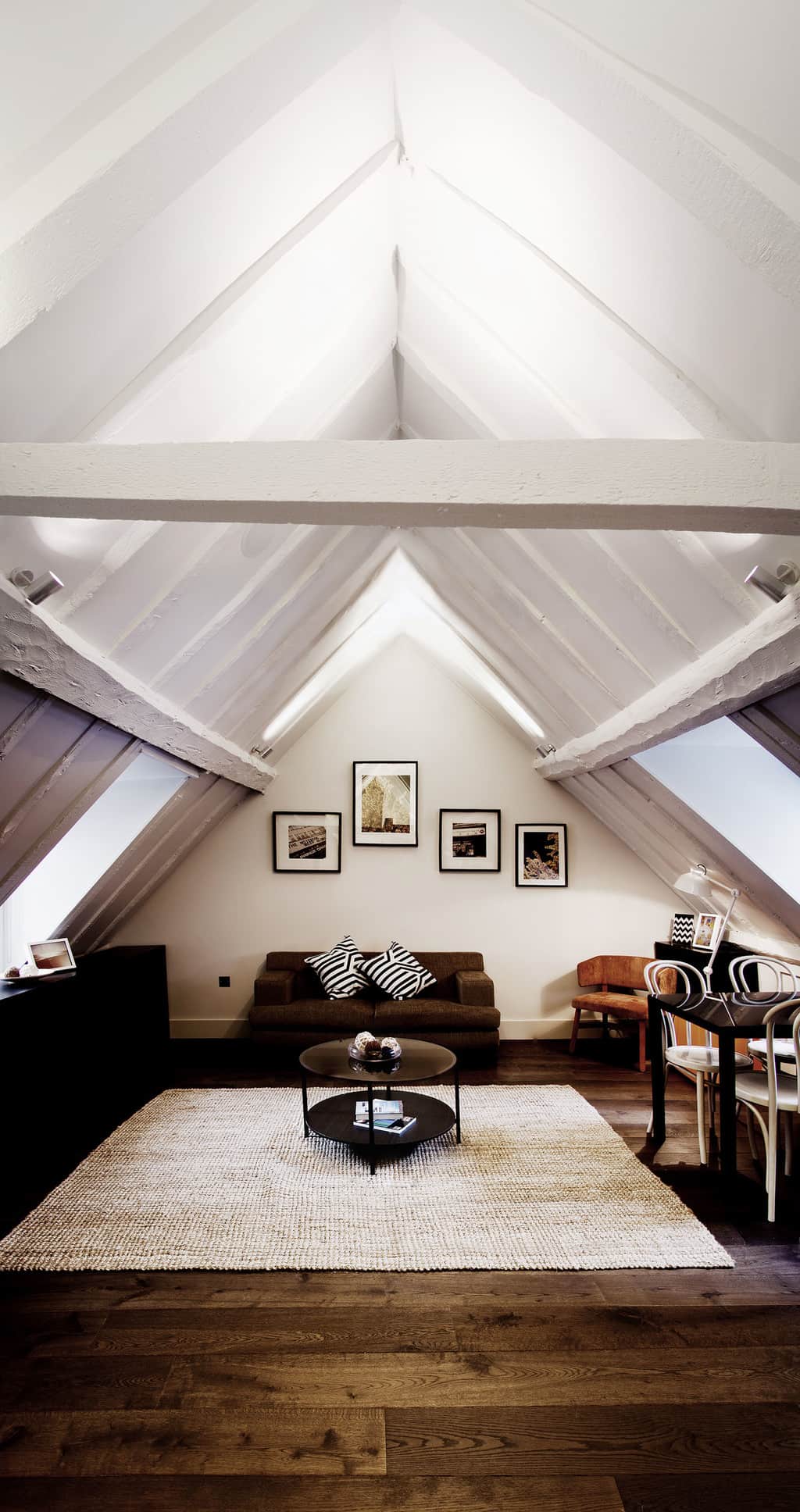



What Is The Average And Minimum Ceiling Height In A House Design For Me
TGD Part – Fire Safety 17 Volume 2 Dwelling Houses;Building Regulations 1997 It provides guidance in relation to Part A of the Second Schedule to the Regulations The document should be read in conjunction with the Building Regulations , and other documents published under these Regulations In general, Building Regulations apply to the construction of new buildings and toThe building control system is centered on the parent Act, the Building Control Act, 1990, which falls into 3 principal categories Provides for the making Building Regulations deals with issues such as building standards, workmanship, conservation of fuel and energy and access for people with disabilities
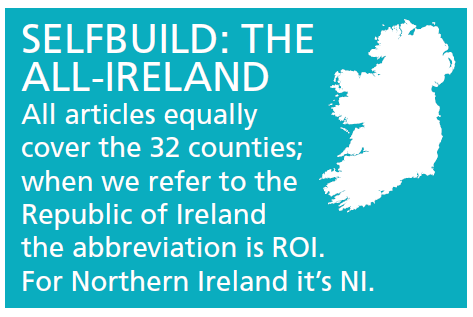



Irish Building Regulations Selfbuild
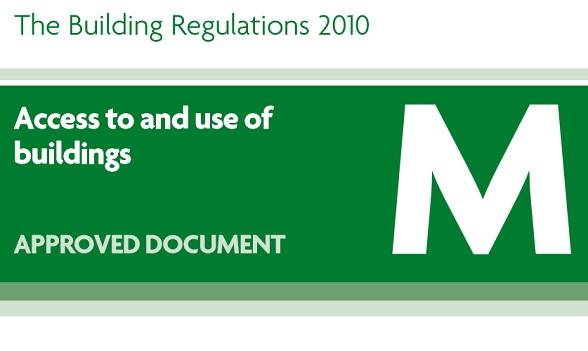



Building Regulations Approved Document Part M In A Nutshell Labc
The Building Regulations 1991 Part K Stairs, Ramps and Guards Approved Document K Stairs, Ramps and Guards 1992 Edition gives general guidance on the interpretation of the requirements Scotland The Building Standards (Scotland) Regulations 1990 Part S Stairs, Ramps and Protective Barriers The 1990 Technical Standards document providesOr b is started before 29 January 21 Please note that 'building notice', 'initial notice' and 'full plans' have the meanings given in the Building Regulations 10 The changes focus on the following fire safety provisions in blocks of flats a SprinklersBUILDING REGULATIONS, 1997 The Minister for the Environment and Local Government, in exercise of the powers conferred on him by sections 3, 4 and 18 of the Building Control Act, 1990 (No 3 of 1990), hereby makes the following Regulations— 1 Citation 1 These Regulations may be cited as the Building Regulations, 1997 2 Commencement 2



Summary Of Building Regulations Changes Posts Bregsforum
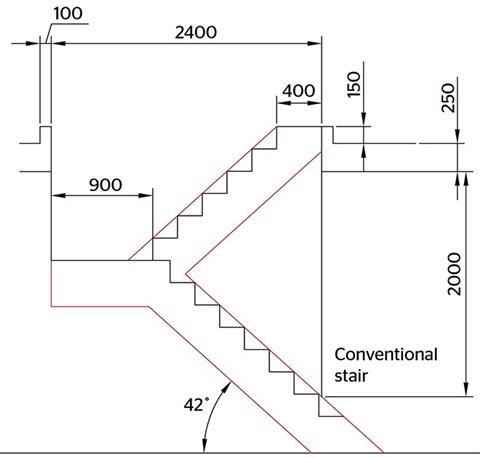



Cpd 17 16 Rooflights And Part K Features Building Design
We are committed to protecting people & the environment by providing high quality customer focused services that ensure building projects comply with building regulations within Northern IrelandThe Building Regulations IE The Building Regulations Ireland app is a Division of Building Compliance Ltd one of Ireland's leading information services on the Building Regulations Our mission is to provide everyone in the Building Industry with the information they need to ensure all buildings are built to the highest standards while meetingPART K Ventilation Application 64 —(1) Regulation 65 shall not apply to a building or a space within a building which is used solely for storage or which is otherwise not intended for use by




Building Regulations 10 K 1




Building Regulations For Residential Staircases Spiral Uk
The Building Standards (Scotland) Regulations 1990, Part P Miscellaneous Hazards The November 1996 amendment to the 1990 Technical Standards Document provides guidance on the interpretation of the requirements The Building Regulations Northern Ireland 1994 Part V 'Glazing' Technical Booklet V 'Glazing', June 1994 gives technical guidancePart M (10) of the Building Regulations requires that adequate provision be made for people to access and use a building, its facilities and its environsTechnical Guidance Part M provides guidance that will, prima facie, indicate compliance with Part M To satisfy the requirements of Part M, all buildings should be designed and constructed so thatDetails of Part K (Approved Document K) of the Building Regulations 10 amendments Approved Document K Protection from falling, collision and impact (1998 edition incorporating 00 and 10 amendments) (PDF 132 Mb) This version incorporates amendments made to reflect any changes arising as a result of the Building Regulations 10




Building Regulations For Spiral And Helical Staircases



Assets Gov Ie 6926c022 4a80 4a05 8a55 Dda6347bdaca Pdf
Since the introduction of the Disability Act in 05, Irish Building Regulations have been revised with Universal Design in mind The technical requirements of Part M 10 of the Building Regulations now focus on ensuring that adequate provision shall be made for all people to access and use a building, its facilities and its environsAnd Personnel and provides for certain methods and standards of building which, if followed, will satisfy the requirements of the Building Regulations (Northern Ireland) 00 ("the Building Regulations") There is no obligation to follow the methods or comply with the standards set out in this Technical BookletThis Approved Document deals with the following Requirement from Part K of Schedule 1 to the Building Regulations 10 Where necessary reference should be made to Approved Document B Fire safety, and Approved Document M Access and facilities for disabled people Note Attention is drawn to the Workplace (Health, Safety and Welfare




What Is The Average And Minimum Ceiling Height In A House Design For Me




Privacy Security Safety Internet Association
Details of Part K (Approved Document K) of the Building Regulations Publication title Approved Document K Protection from falling, collision and impact Date published January 13 ISBN 978 1 484 7 Summary Approved Document K includes advice on protection from falling,Technical Guidance Document K Stairways, Ladders, Ramps and Guards(1997) (Reprint May 05) Technical Guidance Document K – Stairways, Ladders, Technical Guidance Documents are published to accompany each part of the Building Regulations indicating how the requirements of that part can be achieved in practice Adherence to the approach outlined in a Technical Guidance Document is regarded, as evidence of compliance with the requirements of the relevant part of the Building Regulations



Www Barbourproductsearch Info Approved document k and rooflights whitepaper File Pdf



The New Part K Of The Building Regulations Bregsforum
The app provides all the Technical Guidance Documents of The Building Regulations (Building Regs) in an easy to read format with all the relevant diagrams and tables readily viewable We also offer an experts section with FAQ's (frequently Asked Questions) on all of the Building Regs In addition there is a key search section where you canSeparate legislation covering building in Scotland and Northern Ireland 311 BUILDING REGULATIONS The Building Regulations apply to any building work defined in regulation 3 or to any building work in relation to a material change of use as defined in Regulation 5 of the RegulationsThese are excerpts from the building regulations on window safety restrictors Part K – Stairways, Ladders, Ramps and Guards Section 27 states the following In dwellings where a window has an opening section through which a person may fall, (having particular regard to children under five years old), and is more than 1400 mm above external



Www Barbourproductsearch Info Approved document k and rooflights whitepaper File Pdf



Www Westcoastwindows Com Wp Content Uploads 17 01 Westcoast Approved Document Part K Pdf
building, located in Dublin city centre The building was designed to meet the Part L – 08 regulations, achieving an EPC of 036 and a CPC of 036 under the 08 Part L simulation The efficiencies used were mainly driven by the requirement to achieve a Building Energy Rating of A3, which was part of the client brief Less efficient systems Building Regulations Ireland 1,771 likes 1 talking about this View all the Irish building regs via our ios appHow to comply with Ireland's Part L of Building Regulations – RVR Energy Technology Ltd The Building Control (Amendment) Regulations 14 – Arthur Cox report;




Building Regulations Guidance Part K Protection From Falling Collision And Impact Gov Wales



2
BUILDING REGULATIONS GUIDANCE NOTE NHBC BUILDING CONTROL ACCESS TO AND USE OF BUILDINGS – DWELLINGS Parts M and K* to the Building Regulations require that people, regardless of disability, age or gender are able to gain access to buildings and use their facilities, both as visitors and people who live or work in them This guide is intended to The Building Regulations UK app is a Division of Building Compliance Ltd one of UK and Ireland's leading information services on the Building Regulations Our mission is to provide everyone in the Building Industry with the information they need to ensure all buildings are built to the highest standards while meeting the minimum requirements ofEnvironment under article 7 of the Building Regulations It provides guidance in relation to the revised Part M of the Second Schedule to the Regulations The document should be read in conjunction with the Building Regulations, 1997, and 00 and other documents published under these Regulations In general, Building Regulations apply to the




Approved Document K Free Online Version



2
The building work to which it relates a has started before that day; Part K Building Regulations The width of stairs Private stairs should have a width of no less than 800mm With semipublic or public stairs, the designers have to be complacent about other regulations as well, including a "means of escape" that has to pass fire safety regulations, as well as providing access to ambulant disabled peopleTGD Part E – Sound 14
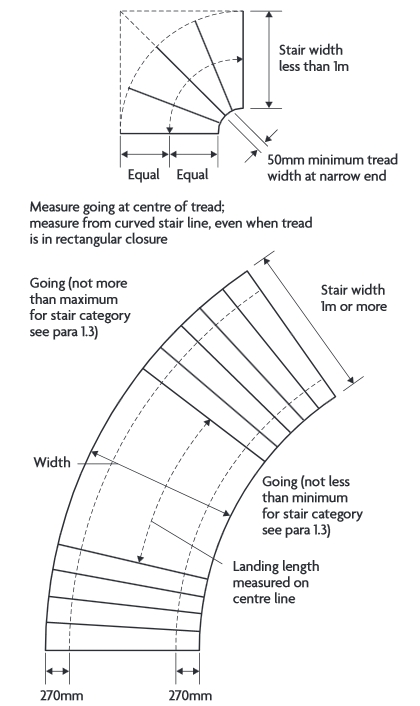



Stairs Tread Designing Buildings Wiki




Building Regulations For Stairs In Ireland George Quinn Stair Parts Plus
The new Part K of the Building Regulations The new Part K of the Building Regulations will come into effect on 1 st of January 15 In general, Building Regulations apply to the construction of new buildings and to extensions and material alterations to buildings In addition, certain parts of the Regulations apply to existing buildings where a material change of
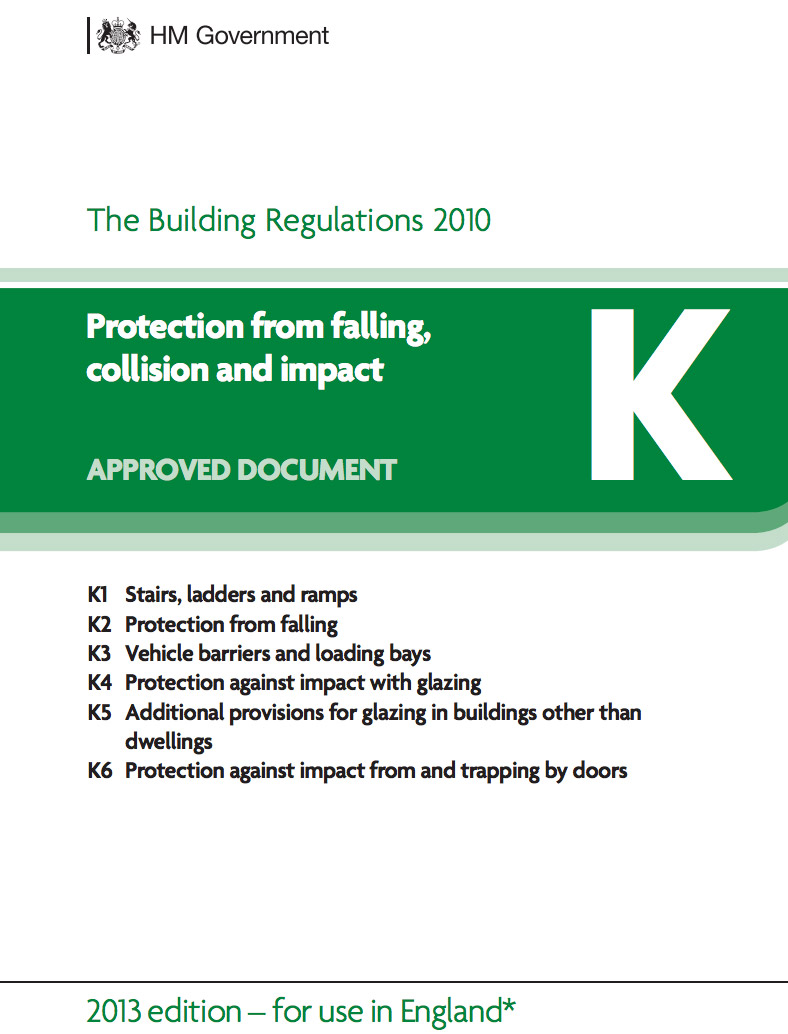



Tkstairs Advise On Domestic Building Regulations



Www Westcoastwindows Com Wp Content Uploads 17 01 Westcoast Approved Document Part K Pdf




When Can You Call A Loft Room An Extra Bedroom Glp
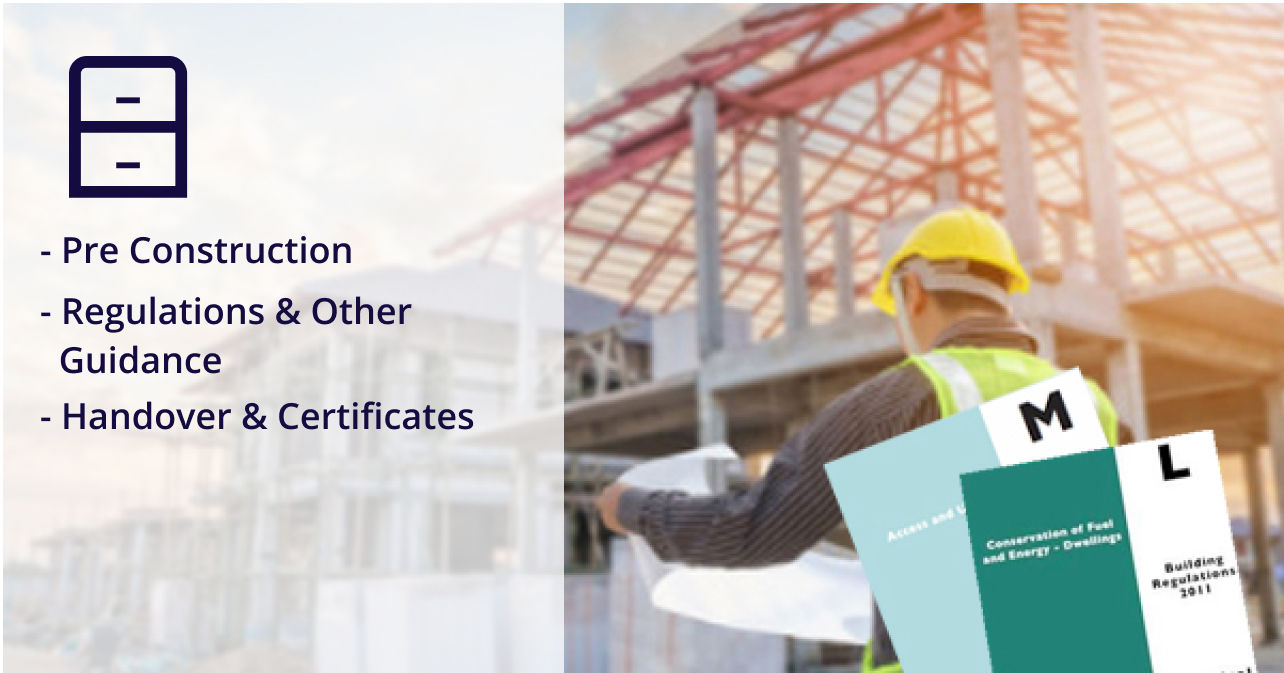



Housebuild Access Irish Building Regulations




Building Regulations Your Complete Guide Homebuilding



Ijmtimberframe Com Regs Irish Regs Tgd part k stairways ladders ramps and guards 1997 Pdf
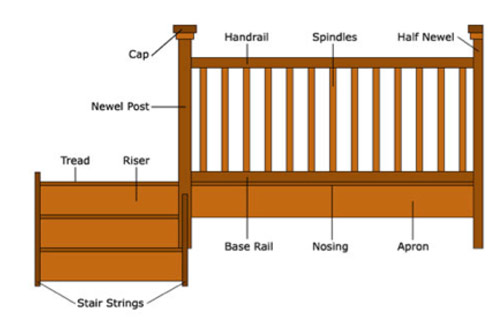



Staircase Regulations When Changing Stairs And Adding Handrails Diy Doctor



Www Westcoastwindows Com Wp Content Uploads 17 01 Westcoast Approved Document Part K Pdf
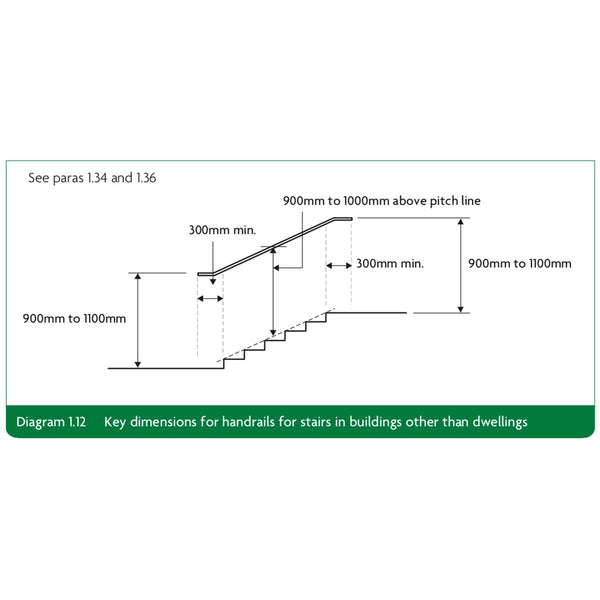



Building Regulations For Metal Gates And Railings Bespoke Gates And Railings
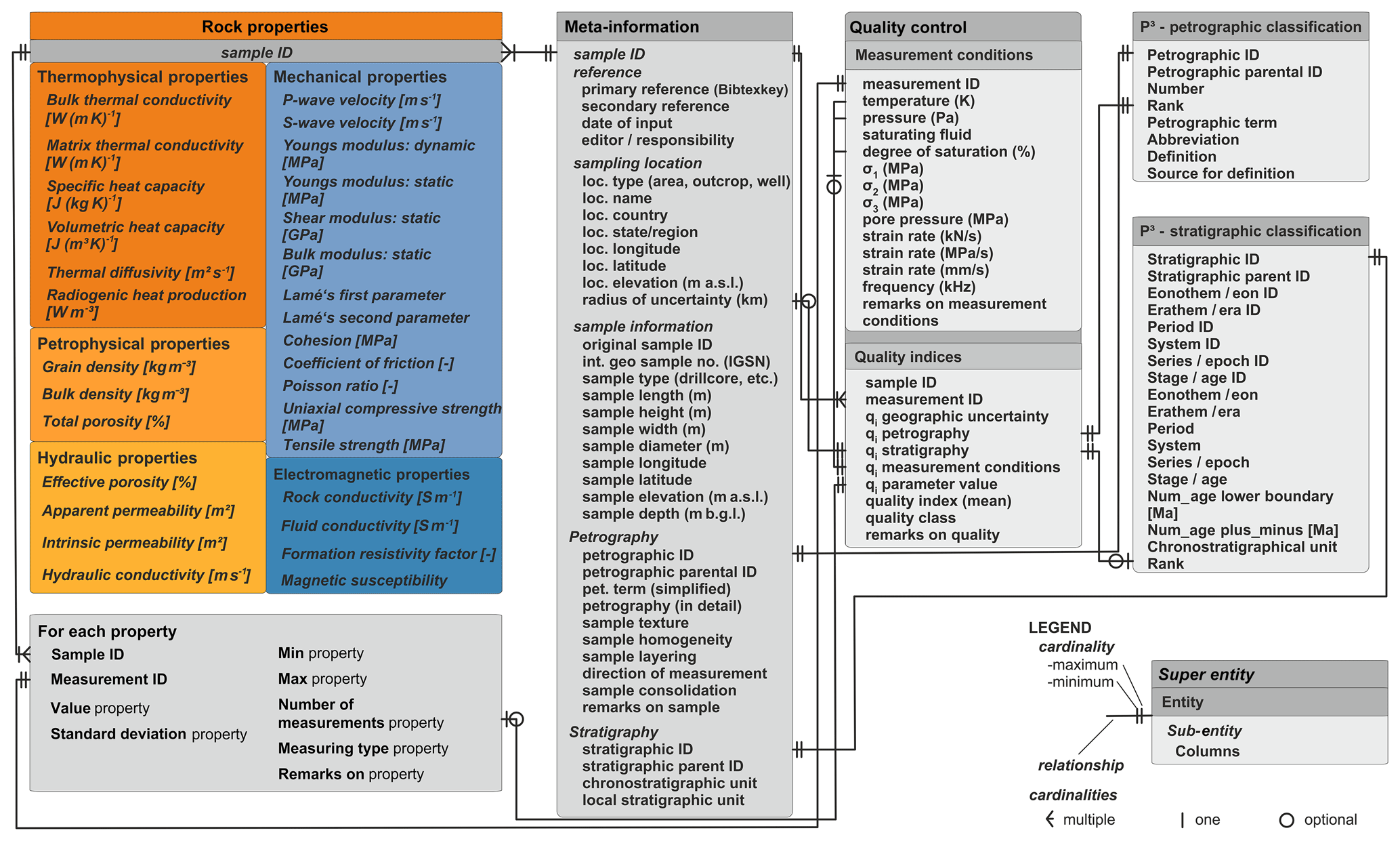



Essd The Petrophysical Property Database P3 A Global Compilation Of Lab Measured Rock Properties



Http Cms Esi Info Media Documents Visqu Radoninstall Ml Pdf




Uk Staircase Regulations Canal Architectural




Approved Document K Free Online Version




Jackpocket And Circle K Team Up To Bring U S Lottery Players A New Way To Play



The New Part K Of The Building Regulations Bregsforum




Building Regulations For Stairs In Ireland George Quinn Stair Parts Plus
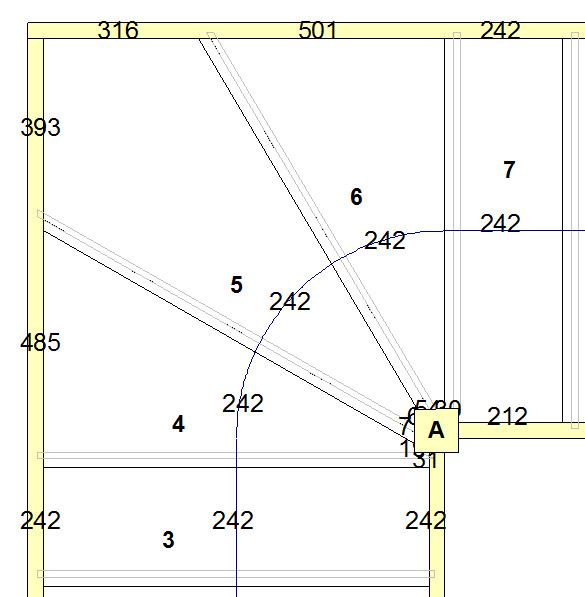



Tkstairs Advise On Domestic Building Regulations




Sec 12 21 General Provisions
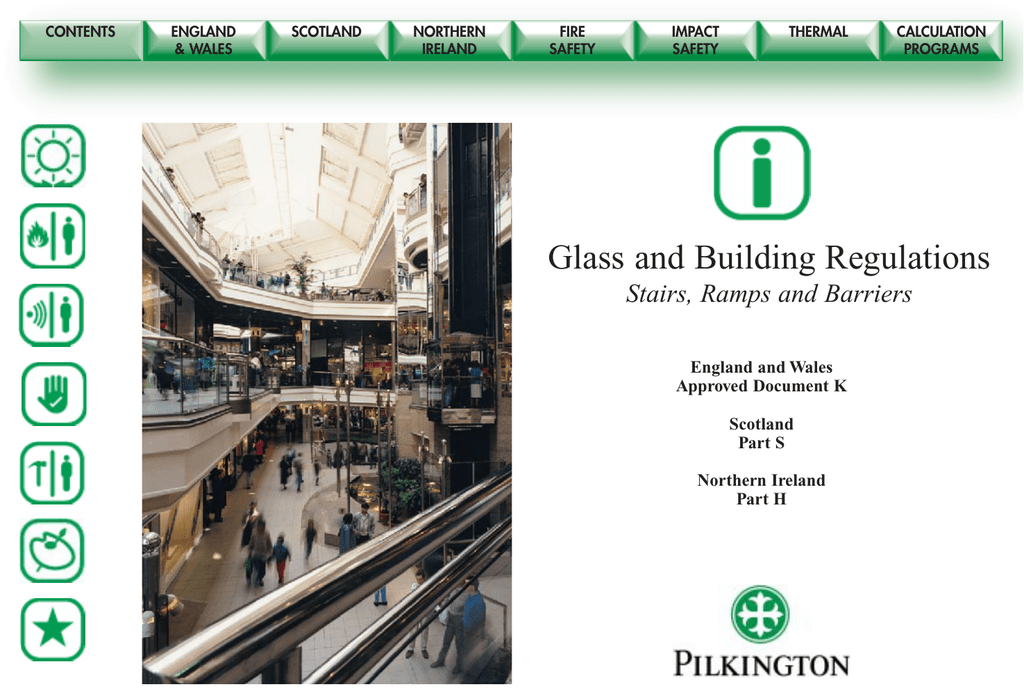



Glass And Building Regulations Stairs



Search Q Stair Formula Tbm Isch
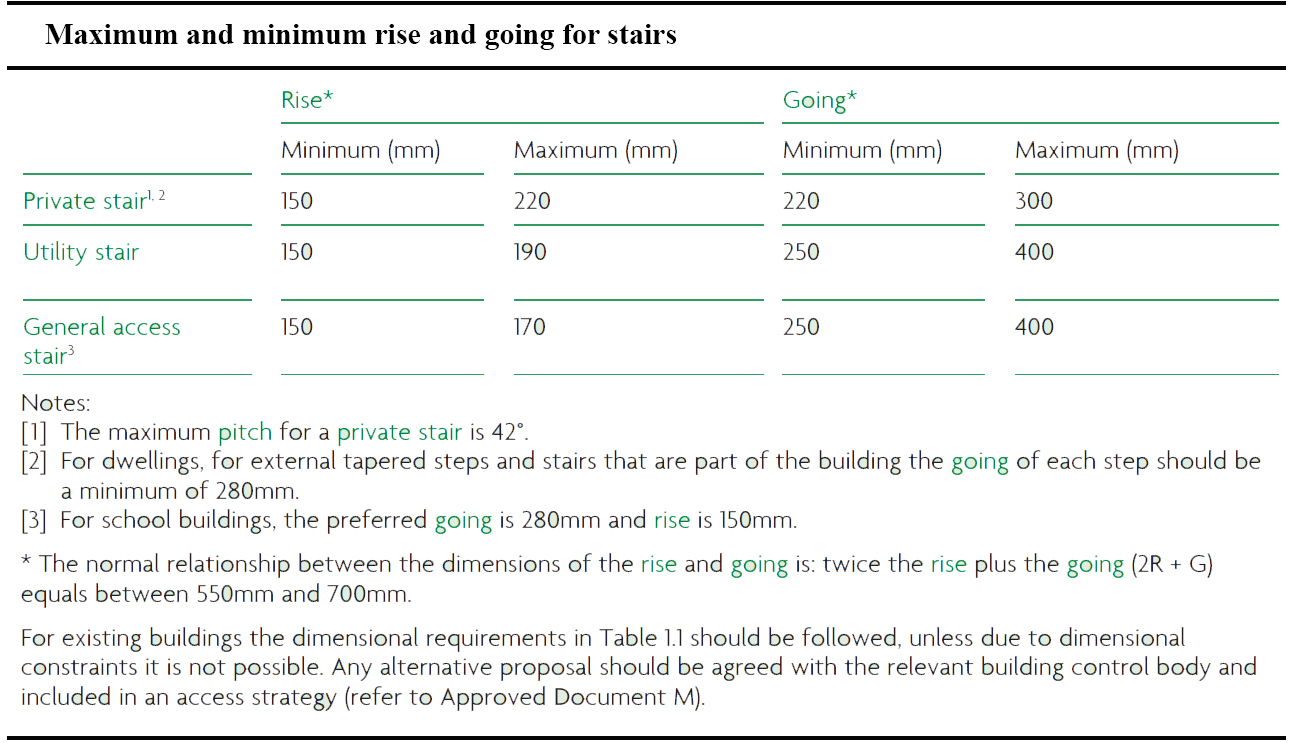



Building Regulations Stairs George Quinn Stair Parts Plus




The Building Regulations Northern Ireland 12 Guidance Technical Booklet K Ventilation Amazon Com Books
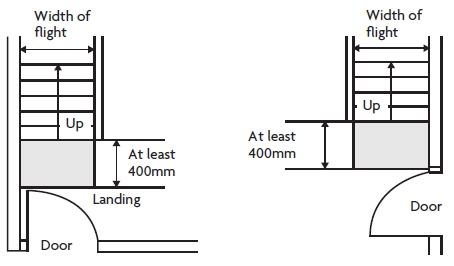



Landings In Buildings Designing Buildings Wiki



Www Westcoastwindows Com Wp Content Uploads 17 01 Westcoast Approved Document Part K Pdf




Approved Document K Free Online Version



1



2



The New Part K Of The Building Regulations Bregsforum




Building Regulations Stairs George Quinn Stair Parts Plus



Www Westcoastwindows Com Wp Content Uploads 17 01 Westcoast Approved Document Part K Pdf
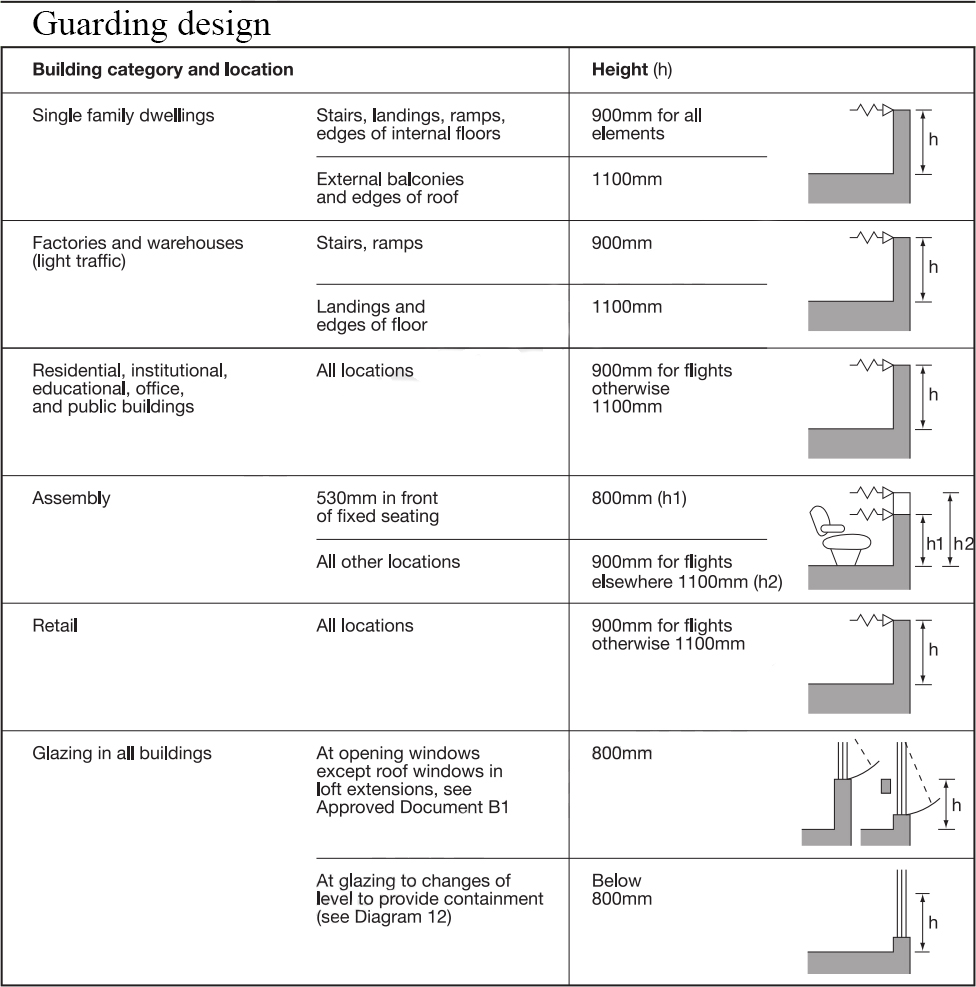



Building Regulations Stairs George Quinn Stair Parts Plus




Selfbuild Summer 17 By Selfbuild Ireland Ltd Issuu




Pdf Evaluating How Ireland Has Improved Building Regulations Compliance Andenergy Efficiency Semantic Scholar



Www Barbourproductsearch Info Approved document k and rooflights whitepaper File Pdf




The Building Regulations 10




Approved Document K Free Online Version



Www Westcoastwindows Com Wp Content Uploads 17 01 Westcoast Approved Document Part K Pdf
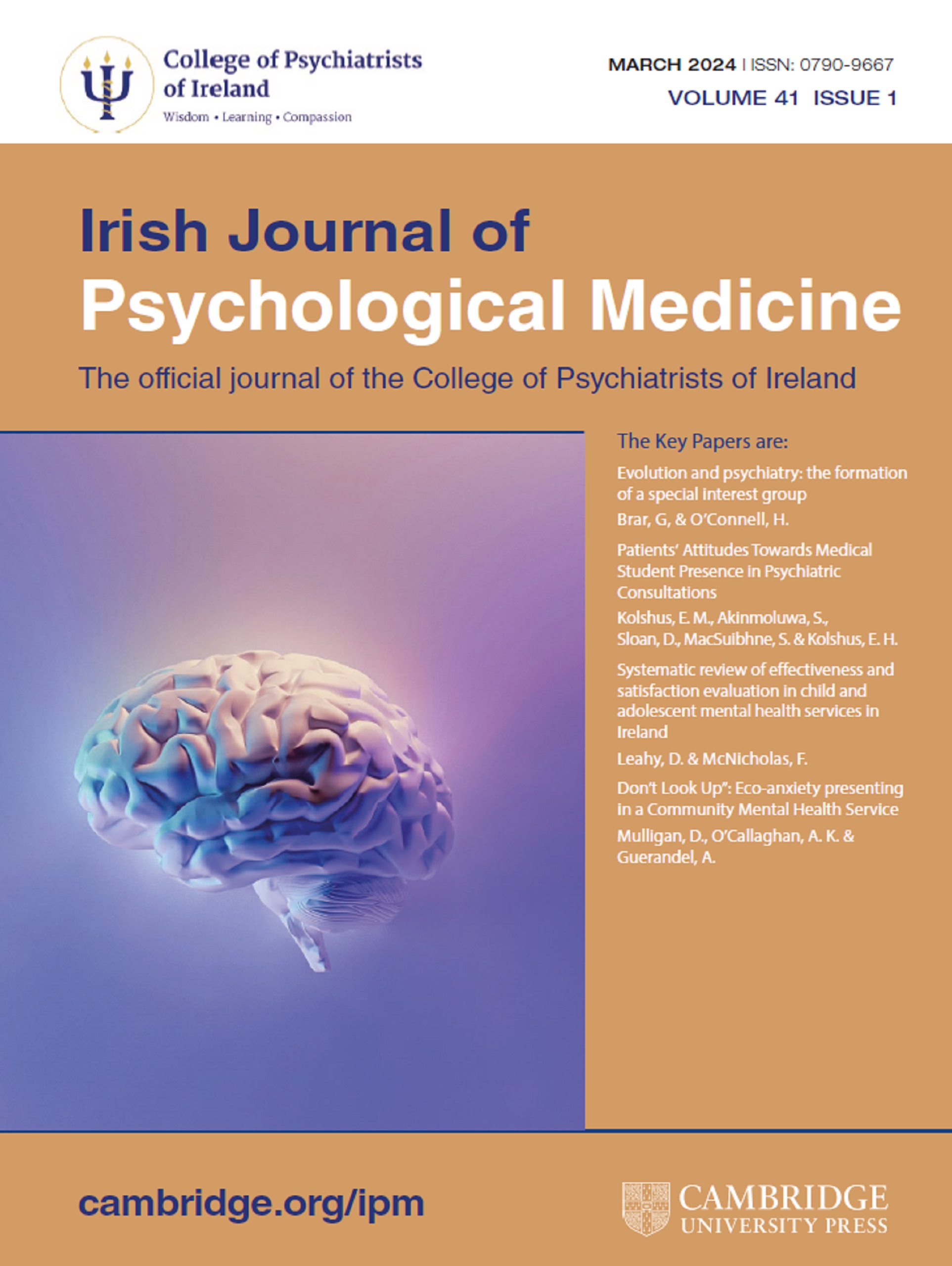



Plagues Pandemics And Epidemics In Irish History Prior To Covid 19 Coronavirus What Can We Learn Irish Journal Of Psychological Medicine Cambridge Core



Www Barbourproductsearch Info Approved document k and rooflights whitepaper File Pdf




Postal Addresses In The Republic Of Ireland Wikipedia



Assets Gov Ie 6926c022 4a80 4a05 8a55 Dda6347bdaca Pdf



1




Regulations And Building Practice For Glass Balustrades Iq Glass Technical



Building Regulations For Staircases Part K




Building Regs Part H




Approved Document M Lrv And Visual Contrast



Www Westcoastwindows Com Wp Content Uploads 17 01 Westcoast Approved Document Part K Pdf




The New Part K Of The Building Regulations Bregs Blog




Approved Document K Building Regulations Protection From Collision Including Falling And Impact Diy Doctor
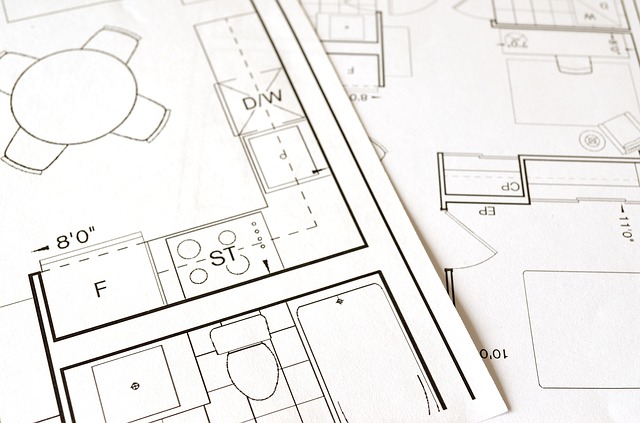



Irish Building Regulations Selfbuild




Approved Document K Free Online Version



2
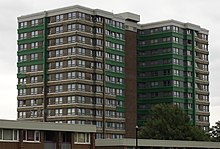



Building Regulations In The United Kingdom Wikipedia




Space Saver Stairs And The Building Regulations Space Savers Stairs Building



Www Viva Access Com Sn Pres Ramp 19 02 04 England




Regulations And Building Practice For Glass Balustrades Iq Glass Technical
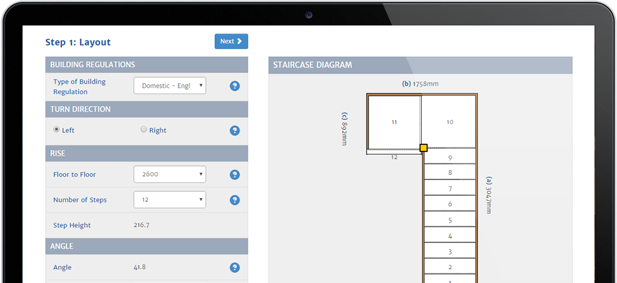



Tkstairs Advise On Domestic Building Regulations
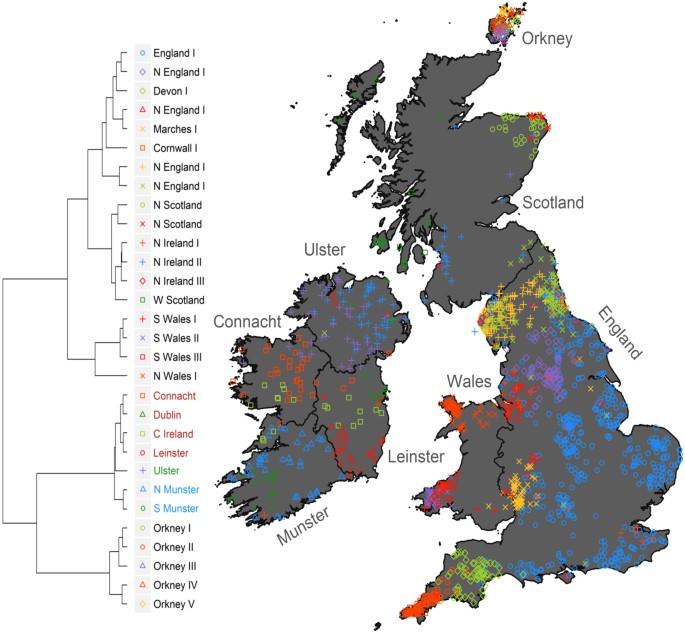



The Irish Dna Atlas Revealing Fine Scale Population Structure And History Within Ireland Scientific Reports




Wheelchair Ramps Part M Building Regulations A Guide



Assets Gov Ie 6926c022 4a80 4a05 8a55 Dda6347bdaca Pdf




Building Regulations For Residential Staircases Spiral Uk




Building Regulations 10 K 1




Zurich Building Guarantee Building Control Warranty Solid Foundation Technical Manual 07 Edition Pdf Free Download




Built Environment Accessible To All An Overview Of Disability Access Certificate Dac By Sabrina Spillane Ppt Download




Cpd 17 16 Rooflights And Part K Features Building




Approved Document K Free Online Version




Building Regulations Stairs George Quinn Stair Parts Plus




Building Regulations 10 K 1
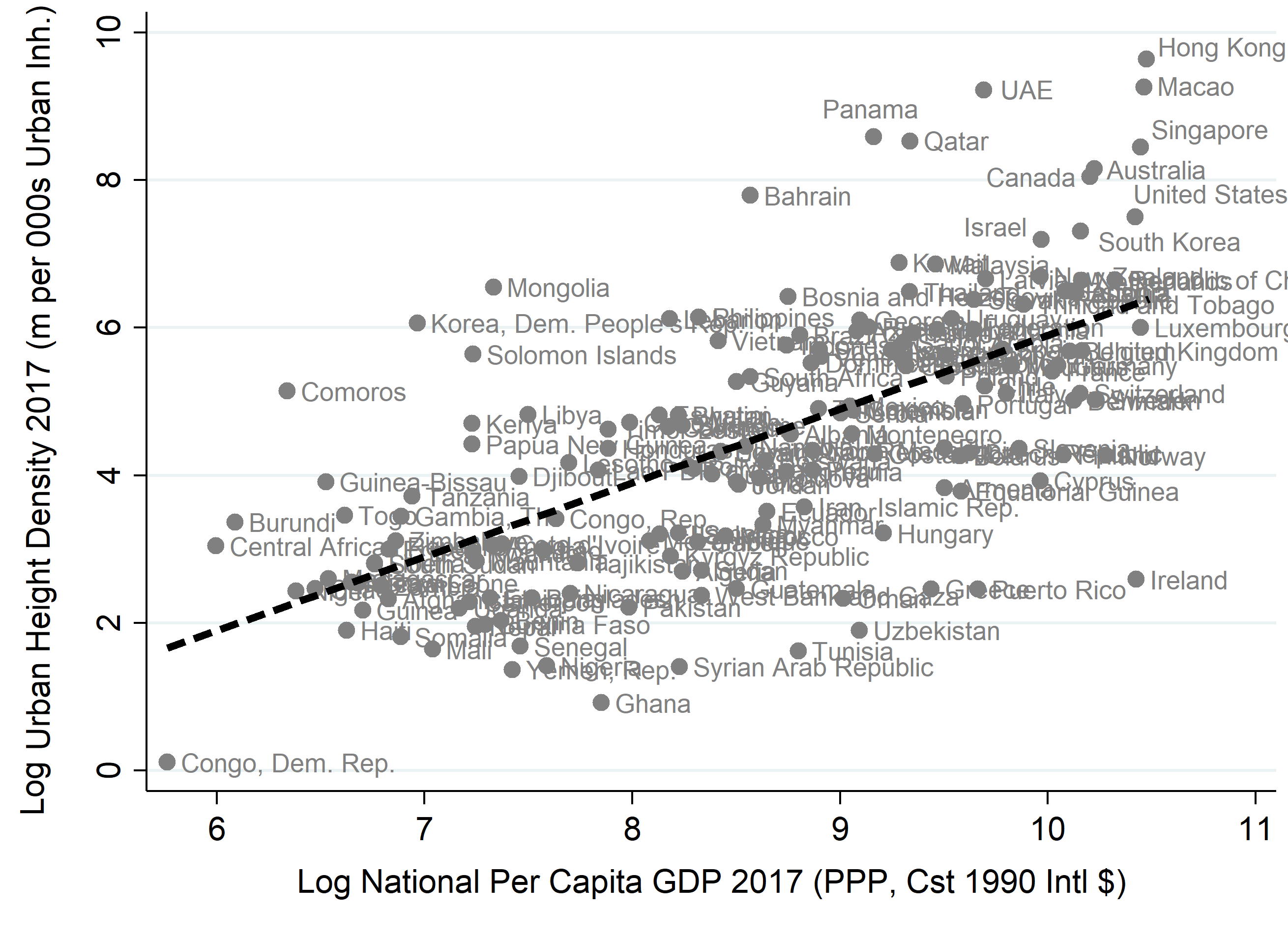



Worldwide Building Height Gaps Their Determinants And Their Implications Vox Cepr Policy Portal




Worldwide Building Height Gaps Their Determinants And Their Implications Vox Cepr Policy Portal



Www Pilkington Com Media Pilkington Site content Uk Reference Brimpactsafetypdf Ashx



Assets Gov Ie 6926c022 4a80 4a05 8a55 Dda6347bdaca Pdf




Visibly Better Designing Accessible Housing And Buildings Rnib See Differently
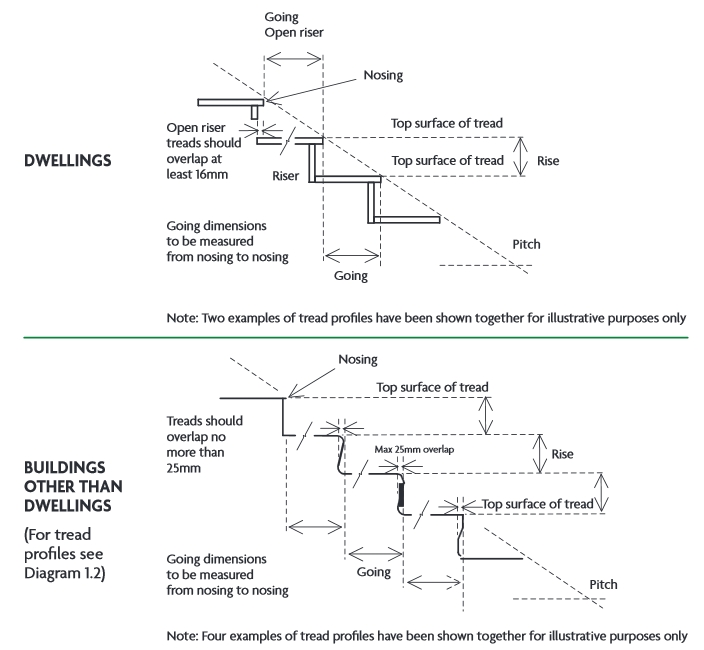



Stairs Tread Designing Buildings Wiki



Assets Gov Ie 6926c022 4a80 4a05 8a55 Dda6347bdaca Pdf




Roof Detail Mixed Insulation Perlin And Counter Perlin With Slate Roof Steel Construction Roof Detail Shingle Roof Details Timber Roof



0 件のコメント:
コメントを投稿